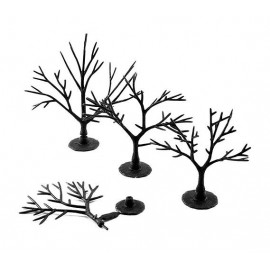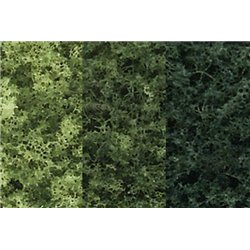If like most modellers, you have an abundance of used model paints lying around, you will be familiar with the pang...
No products
Product successfully added to your shopping cart
There are 0 items in your cart. There is 1 item in your cart.
Search Tips
Christmas and New Year
We are dispatching orders every weekday apart from Christmas Day, Boxing Day and New Year's Day.
If you order is time critical, select next day delivery at checkout.
The shop in Sandown is closed from 25th December, reopening on 30th December.
What is a tree armature?
In modelling, a tree armature is the plastic skeleton of a tree (the trunk and branches) with no foliage attached. They are mainly used by modellers who wish to make trees themselves for their layouts.
Making your own trees will inevitably save you money, but the main reason that modellers do this is for realism. There is no doubt that off-the-peg products are pretty good and getting better all the time, but at some point, any mass-produced item will encounter repetition of some degree. A solution to this is individually produced trees because they will all be unique just like the real thing.
Tree armatures often come in large quantity bags and are usually flattened or even still attached to sprues. To turn tree armatures into credible models, it will be necessary to bend the branches into the desired tree shape, paint the trunks/branches and finally dress the model by using a scatter or foliage of your choice.
Making model trees can give you very satisfying results but, when done correctly, is not a quick fix.
Click here to receive the tips weekly in your mailbox. You can unsubscribe at any time.










